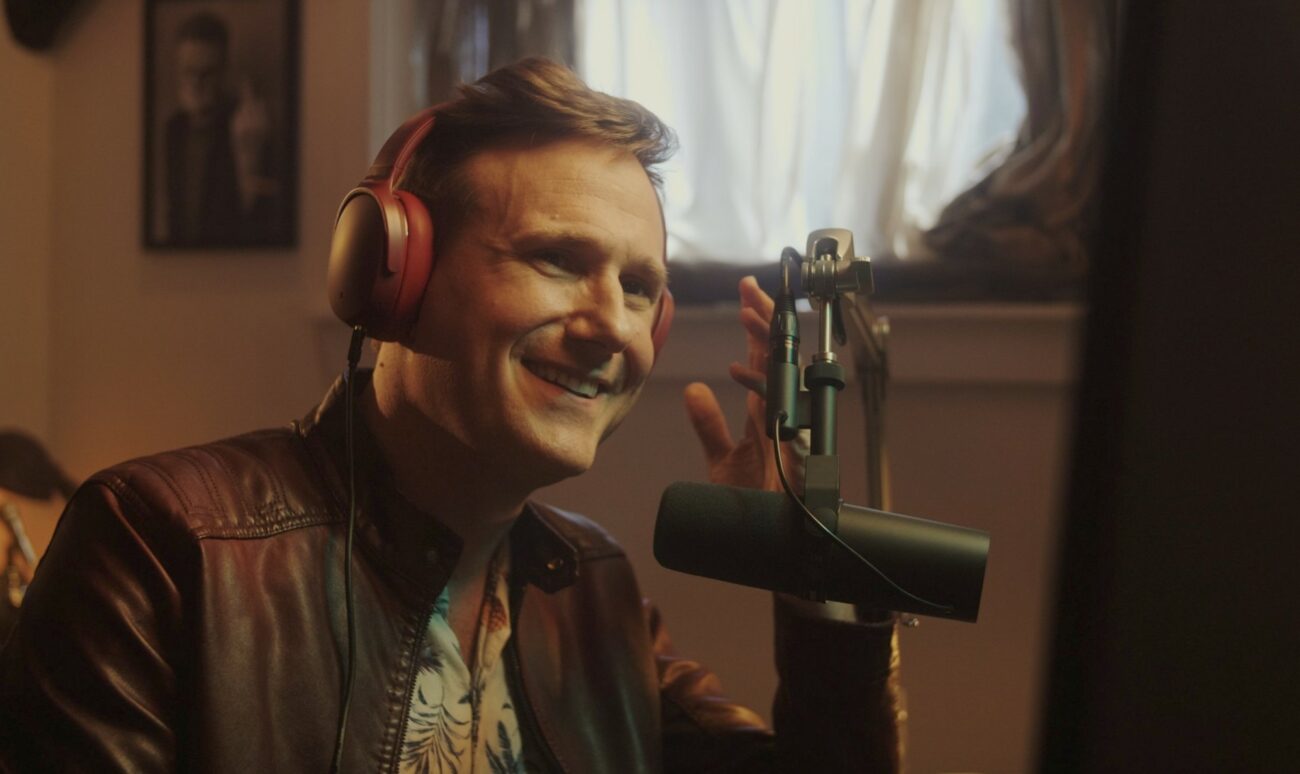The success of Halloween in 1978 and Jamie Lee Curtis’s performance therein, coming near the end of a decade of new ground broken in the themes, content, and storytelling approaches in horror (and film in general), marked the beginning of a surge in the popularity of scream queens and a concomitant change in the portrayal of women in horror. While scream queens have always been with us, the glut of horror movies produced in the wake of Halloween, and easy access to these movies during the Golden Age of VHS, encouraged a different kind of engagement with viewers, one in which the scream queens thrived, by the end of the decade becoming as integral to the horror movie experience as any boogeyman.
Following Curtis’s performance in Halloween, it’s no surprise that actresses being cast primarily (or solely) as final girls would dominate horror in the 1980s. While the term ‘final girls’ wasn’t officially coined until the 1990s (a decade spent dissecting its predecessor), the phenomenon of the last girl standing though not exclusive to slashers is a trademark of the subgenre as much as garish blood and staged corpses caches. Curtis herself parlayed an early streak in movies like Halloween, Halloween II (1981), The Fog (1980), and Prom Night (1980) into a successful and much broader career. As much as Halloween marked a beginning, the early 1980s were a transitional period, and the survival of Curtis’s characters in these films still mostly relied on the intervention of others. This traditional conception of final girls is seen in the most famous (and infamous) movies of the turn of the decade. Caroline Munro, already two decades into a respectable career, didn’t buck any expectations in Maniac (1980) or The Last Horror Film (1982). And as iconic as Shelley Duvall’s portrayal of Wendy Torrance in The Shining (1980) is, it is practically a template for the traditional final girl, complete with shrieking, near-paralyzing panic, and a self-sacrificing (almost) hero. And yet, on the cusp of the new decade momentum was heading in the other way. In A Nightmare on Elm Street (1984), Heather Langenkamp, as Freddy Krueger’s foil Nancy Thompson, is active in her own salvation and inasmuch as she succeeds, she does it despite everyone who thinks they’re going to rescue her, not because of them. In Hellraiser (1987) and Hellraiser II: Hellbound (1988), Ashley Laurence’s Kirsty Cotton takes her fate into her own hands while hapless boyfriend Steve (Hellraiser) and well-meaning but even more hapless doctor Kyle (Hellbound) tag along and accomplish nothing of consequence. It is an almost perfect reversal of traditional dynamics. At the same time, 11-year-old Danielle Harris was beginning her own road to becoming a scream queen as Laurie Strode’s daughter, Jamie Lloyd, in Halloween IV: The Return of Michael Myers (1988). Throughout the bulk of the movie, Jamie is protected by her adopted sister Rachel (Ellie Cornell); the intervenors that do come to her rescue—Dr. Loomis, Sheriff Meeker, and a gang of vigilantes—do so only after plot devices forgive their ineptness. By the time Jamie Lee Curtis next appears in the franchise (Halloween: H20 (1998)), Laurie Strode is well on her way to becoming Sarah Connor to Michael’s Terminator.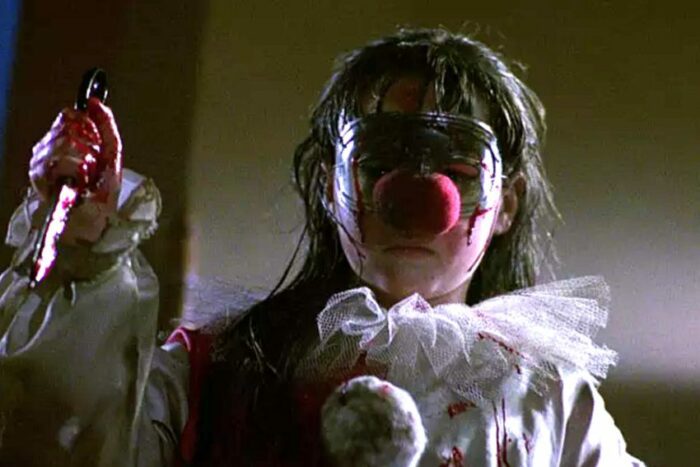
Each of these actresses—Curtis, Langenkamp, Laurence, and Harris—would go on to different degrees of success, but they would all return again and again to the franchises where they achieved their first fame. While their careers were ascendant in the ‘80s as a new kind of hero, other scream queens made their marks at the opposite end of the spectrum, as some of the most notorious villains of the decade.
In a twist on the mother-son dynamic of Psycho (1960), Betsy Palmer found the next phase of her long career in the role of Pamela Vorhees, Jason’s mother in Friday the 13th (1980), embedding her forever in the hearts of fans. Again, so early in the decade, it is still a very old-school role: the dramatically unbalanced woman wreaking havoc was not a particularly novel idea—see Alice, Sweet Alice (1976) or Whatever Happened to Baby Jane? (1962) or a dozen others—and Friday the 13th doesn’t take it in a particularly novel direction. A few years later, Felissa Rose’s infamous portrayal of Angela Baker in Sleepaway Camp (1983) would establish her as a scream queen, a mantle she would maintain even after years out of the genre before returning in full force in the 2000s (including a reprisal of the role in Return to Sleepaway Camp (2008)). Angela Baker remains a complex and controversial character because there are so many issues bound up in the final reveal of Sleepaway Camp. Still, the dynamics of the core idea echo the same dependence on the narrative subversion of audience expectations of gendered behavior as Friday the 13th and Psycho.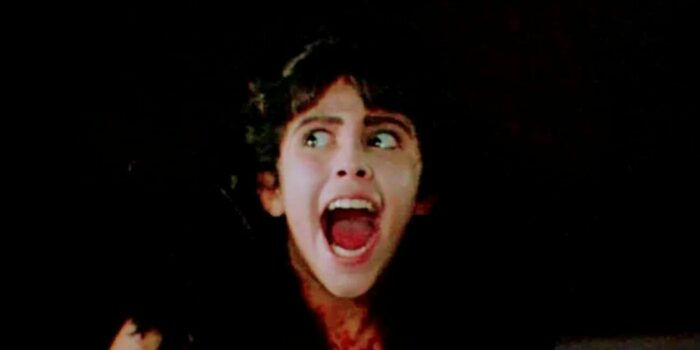
But just as with final girls, as the decade wore on, the idea of what a female villain could look like evolved. Looking again to Hellraiser and Hellraiser II, Clare Higgins plays Kirsty’s evil stepmother, Julia Cotton. Far from clenching her teeth around the teetering madness of Pamela or Angela, Julia displays a cold and terrifying purposefulness that not even the Cenobites match. In a pair of movies with multiple villains vying for domination, it is Julia’s relentless desires that drive everything. A lesser actress might have tilted into clunky overacting, but Higgins elevates even the hammiest lines with a single smirk or arch of her eyebrow. Her final words to Dr. Chanard embody her performance: “And you wanted to know. Now you know. And I wanted everything. Now everybody’s happy. Goodbye, Doctor.” While Higgins has gone on to an almost exclusively non-horror career, her turn as Julia has kept her popular among horror fans.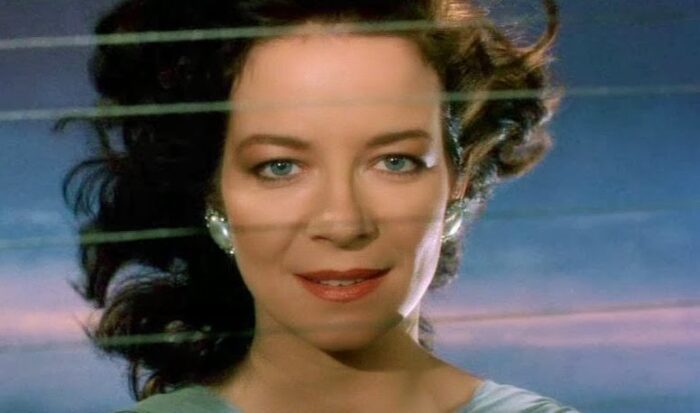
On the schlockier side, actresses like Brinke Stevens, Michelle Bauer, and Linnea Quigley, reveled in the audacious camp of ‘80s B-movies like Hollywood Hookers and Sorority Babes in the Slime Bowl-O-Rama (1988), leveraging a narrow set of expectations for such roles and such movies into cult followings. Quigley earned the title Queen of the Bs for an impressively extensive resume, often appearing in more widely popular movies like Silent Night, Deadly Night (1984), Return of the Living Dead (1985), and A Nightmare on Elm Street IV: The Dream Master (1988).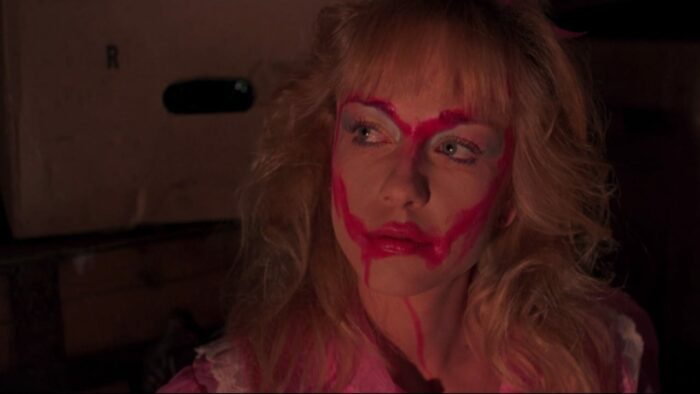
Some scream queens that don’t fit neatly into any category but established themselves by their constancy. From smaller roles in the 1970s in things like The Stepford Wives and The Hills Have Eyes, Dee Wallace came into her own in the 80s, tackling leads in The Howling (1981) and Cujo (1983) in addition to non-horror films like E.T. (1982) with such command that it is no surprise that she is still a fixture in the genre. One can hardly imagine what The Gates of Hell trilogy would be without Catrona MacColl, even when her characters meet terrible ends. And by shunning the appellations of “scream queen” so as not to be defined by just a portion of her oeuvre, Barbara Crampton—Re-Animator (1985), From Beyond (1986) and the endless list goes on— might ironically be the best example of the type of self-determination that has become the legacy of the ‘80s Scream Queens.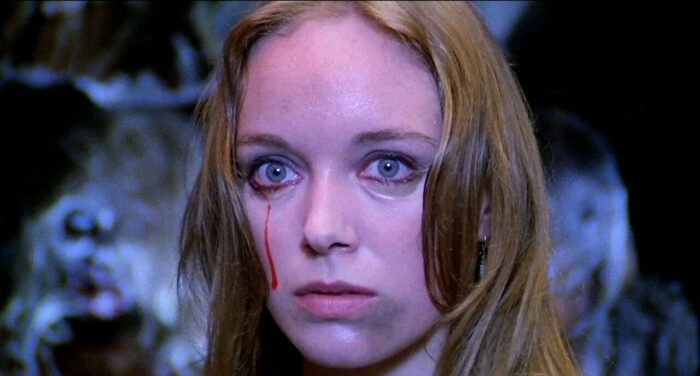
In the same world where a single role fuels decades of fame, there were those that ended the 1980s with plenty of potential, but no clear trajectory to queen status. Despite telekinetically blowing up buildings as Charlie in 1984’s Firestarter, Drew Barrymore never quite entered the conversation; even after her standout performance as the first girl in Scream (1996), there is little agreement on her actual stature. Lin Shaye spent the ‘80s mostly in small roles (including one in A Nightmare on Elm Street) before taking on the role of psychic Elise Rainer—a vital part of the Insidious universe—in 2010 and cementing her status. After a promising showing as Meg in the 1988 remake of The Blob, Shawnee Smith went on to parts in a variety of film and television productions—including a delightfully unhinged performance as Julie in the 1994 miniseries adaptation of The Stand—before landing in the role that would become her signature in 2004: Amanda, one of Jigsaw’s primary protégés in the Saw franchise.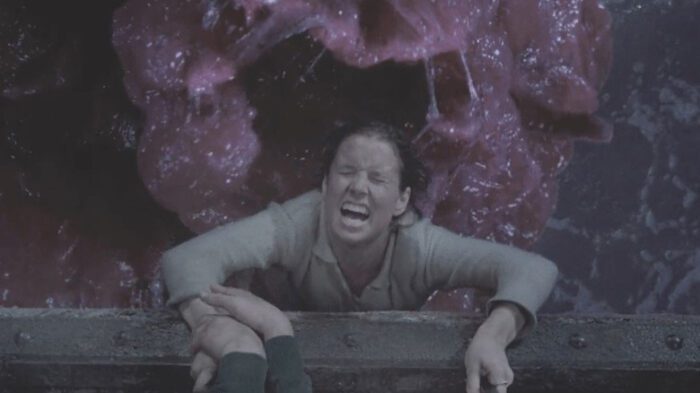
The Amanda character is a good illustration of how things had changed: in the Dr. Phibes film series, of which Saw is reminiscent, Dr. Phibes’s assistant, Vulnavia, is silent and recast from one film to the next. Neither the character nor the actress really matters—just the function of the role. By the time of Saw, Amanda’s character is active and has her own agenda, and Smith’s performance is deft enough that she has become synonymous with the role. It’s an evolution founded on the work of the scream queens of the ‘80s in opening up new expectations and new visions of what was possible for new generations of fans.
You Might Also Enjoy:
The Morality and Philosophy of Jigsaw
Scream Killers Ranked: From Worst to Best
Ranking The Pumpkinhead Franchise


